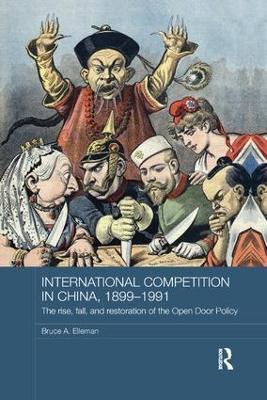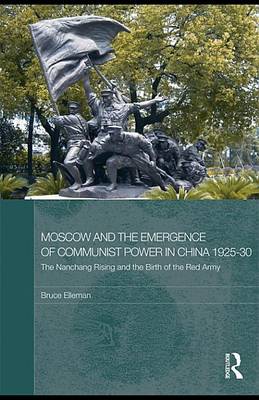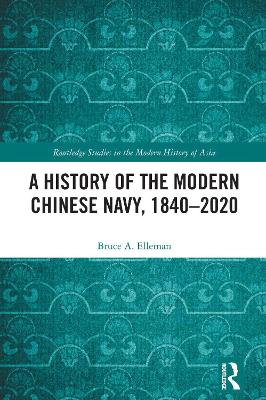Routledge Studies in the Modern History of Asia
4 total works
China's recent economic reforms have opened its economy to the world. This policy, however, is not new: in the late nineteenth century, the United States put forward the Open Door Policy as a counter to European exclusive 'spheres of influence' in China. This book, based on extensive original archival research, examines and re-evaluates China's Open Door Policy. It considers the policy from its inception in 1899 right through to the post-1978 reforms. It relates these changes to the various shifts in China's international relations, discusses how decades of foreign invasion, civil war and revolution followed the destruction of the policy in the 1920s, and considers how the policy, when applied in Taiwan after 1949, and by Deng Xiaoping in mainland China after 1978, was instrumental in bringing about, respectively, Taiwan's 'economic miracle' and mainland China's recent economic boom. The book argues that, although the policy was characterised as United States 'economic imperialism' during the Cold War, in reality it helped China retain its sovereignty and territorial integrity.
International Rivalry and Secret Diplomacy in East Asia, 1896-1950
by Bruce A Elleman
East Asia was a major focus of struggle between the United States and the Soviet Union during the Cold War of 1945 to 1991, with multiple "hot" and "cold" conflicts in China, Korea, and Vietnam. The struggle for predominance in East Asia, however, largely predated the Cold War, as this book shows, with many examples of the United States and Russia/the Soviet Union working to exercise and increase control in the region. The book focuses on secret treaties, 26 of them, signed from the mid-1890s through 1950, when secret agreements between China and the USSR, including several concerning the Chinese Eastern Railway, gave Russia greater control over Manchuria and Outer Mongolia. One of the most important was negotiated in 1945, when Stalin signed the Sino-Soviet Friendship Treaty with Chiang Kai-shek and the Chinese Nationalists, that included a secret protocol granting the Soviet Navy sea control over the Manchurian littorals. This secret protocol excluded the US Navy from landing Nationalist troops at the major Manchurian ports, thereby guaranteeing the Chinese Communist victory in Northeast China; from Manchuria, the Chinese Communists quickly spread south to take all of Mainland China. To a large degree, therefore, this formerly undiscussed secret diplomacy set the underlying conditions for the Cold War in East Asia.
Moscow and the Emergence of Communist Power in China, 1925-30
by Bruce A Elleman
This book examines the emergence of Communist power in China during the interwar period, focusing especially on the 1927 Nanchang Uprising. It explains why the Communists created the myth that the Nanchang Uprising was a success, and later dated the origins of the PeopleOCOs Liberation Army to this event."
This book provides a comprehensive history of the modern Chinese navy from 1840 to the present. Beginning with a survey of naval developments in earlier imperial times, the book goes on to show how China has since the mid-19th century four times built or rebuilt its navy: after the Opium Wars, a navy which was sunk or captured by the Japanese in the war of 1894-1895; during the 1920s and 1930s, a navy again sunk or lost to Japan, in the war of 1937-1945; in the 1950s, a navy built with Soviet help, which stagnated following the Sino-Soviet split in the early 1960s; and finally the present navy which absorbed its predecessor, but with the most modern sections dating from the 1990s-a navy which continues to grow and prosper. The book also shows how the underlying strategic imperative for the Chinese navy has been the defense of China's coasts and major rivers; how naval mutiny was a key factor in the overthrow of the Qing and the Nationalist regimes; and how successive Chinese governments, aware of the potent threat of naval mutiny, have restricted the growth, independence, and capabilities of the navy. Overall, the book provides-at a time when many people in the West view China and its navy as a threat-a rich, detailed, and realistic assessment of the true nature of the Chinese navy and the contemporary factors that affect its development.



